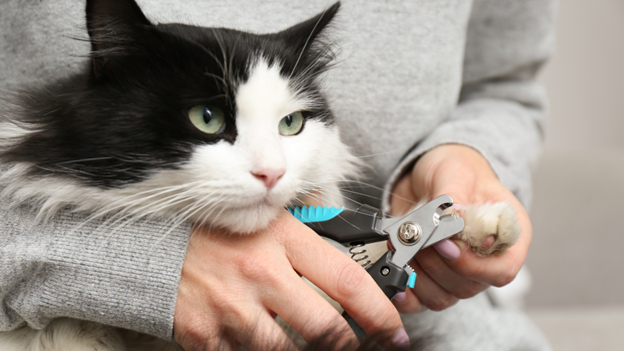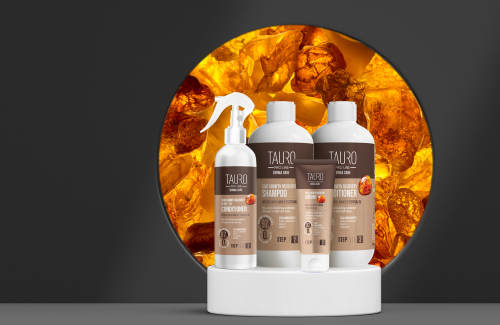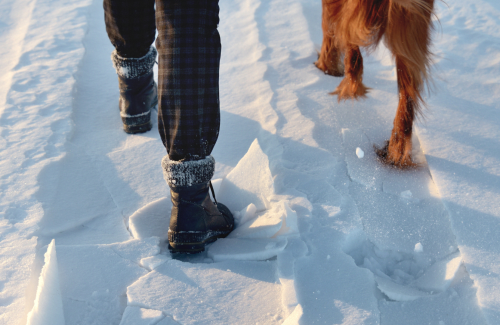Nail Trimming 101: Keeping Your Pet’s Paws Healthy
Maintaining your pet’s paw health is crucial, and regular nail trimming plays a big role in that. While many pet owners might shy away from the task, trimming your dog or cat’s nails is essential for their comfort and well-being. In this guide, we’ll walk you through the importance of nail trimming and how to do it safely at home, keeping your pet’s paws in top shape.
Why Nail Trimming is Important
Pets, whether dogs, cats, or small animals, use their paws constantly. Overgrown nails can lead to a range of problems, including discomfort, pain, and even injury. For dogs, untrimmed nails can affect their posture, leading to joint issues. Cats, though often more adept at keeping their nails in check through scratching, can also benefit from regular trims, especially indoor cats that don't wear down their claws naturally.
Key benefits of regular nail trimming include:
- Preventing injuries: Long nails can snag on surfaces, causing painful breaks or tears.
- Improving mobility: Shorter nails allow pets to walk comfortably without shifting their weight awkwardly.
- Reducing paw irritation: Nails that grow too long can curve and press into the paw pad, causing pain or infections.
- Protecting your furniture: Well-trimmed nails are less likely to cause scratches on floors, carpets, and furniture.
How Often Should You Trim Your Pet’s Nails?
The frequency of nail trimming depends on the type of pet, their activity level, and the surface they walk or play on. On average:
- Dogs: Every 3 to 4 weeks.
- Cats: Every 2 to 4 weeks, especially for indoor cats.
- Small animals (rabbits, guinea pigs): Every 3 to 4 weeks or as needed.
If you hear your dog’s nails clicking on the floor or notice your cat’s nails getting caught on fabric, it’s time for a trim.
Tools You’ll Need
Before starting the nail trimming process, gather the necessary tools. A good-quality pet nail trimmer and styptic powder (to stop any minor bleeding) are essential. Additionally, you might want a nail file to smooth out sharp edges after trimming. For pets who are nervous about the process, having a supply of their favorite treats can help keep them calm.
When shopping for grooming supplies, make sure to choose tools designed specifically for your pet’s size and breed. Many pet supply shops offer a variety of options for dogs, cats, and other small animals.
Step-by-Step Guide to Trimming Your Pet’s Nails
- Get your pet comfortable: Choose a quiet space and get your pet relaxed. Gently hold their paw and massage it to make them comfortable with the touch.
- Examine the nails: If your pet has clear or light-colored nails, you should be able to see the quick—a pinkish area containing blood vessels. Avoid cutting into the quick as this can cause pain and bleeding. For pets with dark nails, trim small amounts at a time to reduce the risk of cutting too deep.
- Trim carefully: Hold the nail clipper at a 45-degree angle and trim the tip of the nail. Take it slow and avoid rushing, especially if you’re new to nail trimming.
- Use styptic powder for nicks: If you accidentally trim too close and cause bleeding, apply styptic powder to the area to stop the bleeding.
- Reward your pet: After each successful trim, give your pet praise and a treat. Positive reinforcement will help make future trims easier.
When to Seek Professional Help
If you’re unsure about trimming your pet’s nails or have a particularly nervous pet, don’t hesitate to visit a professional groomer or veterinarian. They can help trim your pet’s nails safely and offer tips for making the process easier at home. Many pet supply shops also offer in-store grooming services where you can get your pet’s nails trimmed by experts.
Additional Tips for Healthy Paws
In addition to regular nail trimming, keep an eye on your pet’s paws for signs of irritation, dryness, or injury. Applying pet-safe paw balms can help keep paw pads moisturized, especially during hot summer months or in winter when salt and cold can cause dryness. By making nail trimming a routine part of your pet’s grooming, you’ll be supporting their overall health and happiness. Regular trims help keep paws healthy, prevent pain, and ensure that your furry friend can enjoy running and playing without discomfort. Remember, your pet’s well-being starts with small steps—like keeping those nails trim and tidy!


 2024-08-29
2024-08-29




